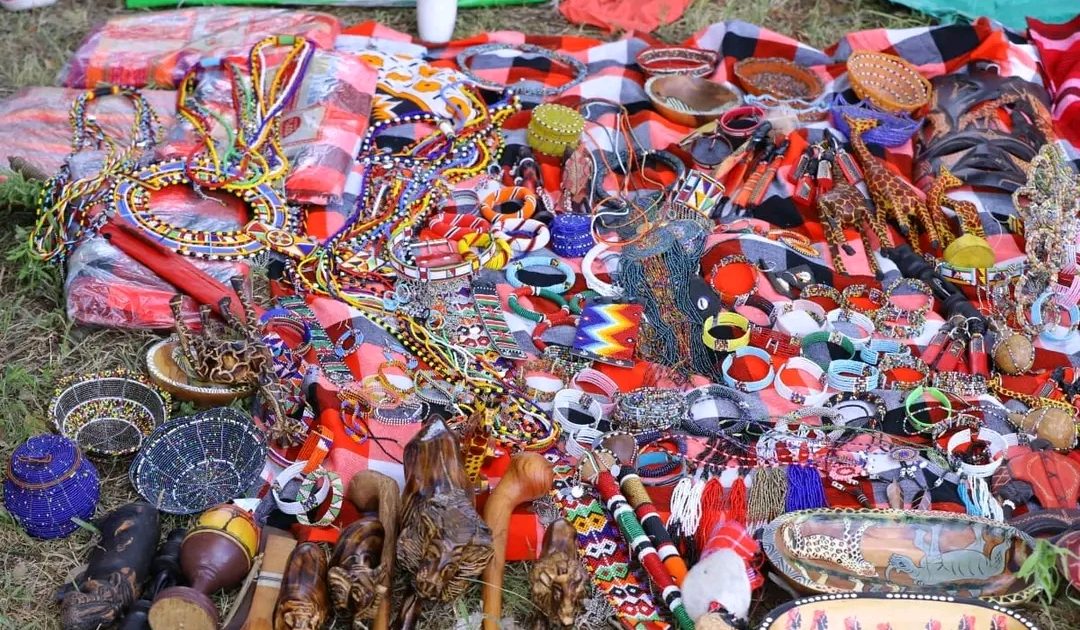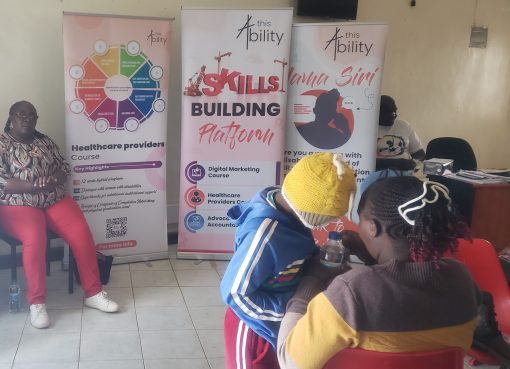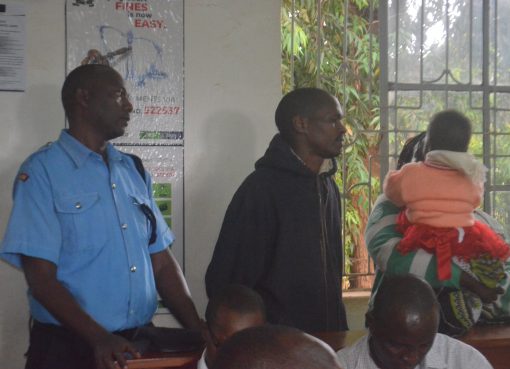Maasai women’s beadwork have helped them showcase their culture, empower local artisans, and earn a sustainable income for themselves.
Women like Christine Naanyu, Sintamei Noonkipa, and Togoyo Noormeshuki have specialized in creating a wide variety of handmade adornments at Sekenani Gate, Maasai Mara Game Reserve.
Each of their creations carries a unique blend of vibrant colours, intricate patterns, and culturally significant symbols that hold deep meaning for the Maasai community.
Drawing inspiration from their own Maasai roots, Naanyu diligently preserves the traditional art of beadwork, ensuring that each piece reflects the authenticity and historical significance of her culture.
Naanyu’s passion for passing on this ancient craft has led her to earn a sustainable income, which helps her meet her daily expenses and personal development.
Together, they meticulously craft each piece, ensuring that every detail is perfect. Such dedication and commitment to their craft have helped their work thrive.
Naanyu explains the different colours used in beadwork and their meaning, where red stands for bravery, unity, and blood. Red is the color of cow’s blood. Often a cow is slaughtered when the Maasai people meet, and therefore unity is associated with red.
White represents peace, purity, and health. The association with health comes from white cow’s milk, which the community drinks to stay healthy.
Blue represents energy and the sky. Rain falls from the blue sky, which provides water for the cattle.
Orange–Symbolizes hospitality. The association with cattle is that visitors are served cow’s milk from orange gourds.
Yellow-like orange also symbolizes hospitality. The animal skins on visitors’ beds are yellow.
Green symbolizes health and land; cattle graze on the green grass of the land.
Black represents the people and the struggles they must endure.
Each ornament bears unique symbols that convey messages of social status, marital status, age, and tribe affiliation. Naanyu creations have all these ornaments that explain their meanings.
On her part, Noormeshuki believes that beadwork is not just about making beautiful ornaments but also about preserving the cultural identity of Maasai land.
“Each symbol and design carry a story, a connection to our heritage. It’s important to keep our traditions alive.” Noormeshuki adds.
Noormeshuki said the Maasai people have a deep appreciation for these intricate adornments, as they play a significant role in their rituals, ceremonies, and everyday lives.
According to Noonkipa, when women get married, a special wedding collar is made for them by their mothers and represents the whole of their village.
Traditional wedding collars have several beaded strands hanging off the collar, representing the dowry in cows that will be given to the bride’s family.
Although these collars are reserved for the wedding day, women will wear similarly layered collars in everyday life and in ceremonies as a sign of wealth and beauty.
Maasai women make beaded necklaces worn by both men and women as a symbol of beauty. They also make beaded belts made from leather and adorned with intricate beadwork.
They also make beaded earrings worn as a fashion accessory in various colours and designs, beaded anklets that are used by dancers, and beaded batons that are used by leaders.
Through the State Department for Culture and Heritage, the locals were hopeful that the documentation and digitalization of indigenous knowledge and associated assets programme, would help them preserve culture.
By John Kaleke and Eunice Ngatia





